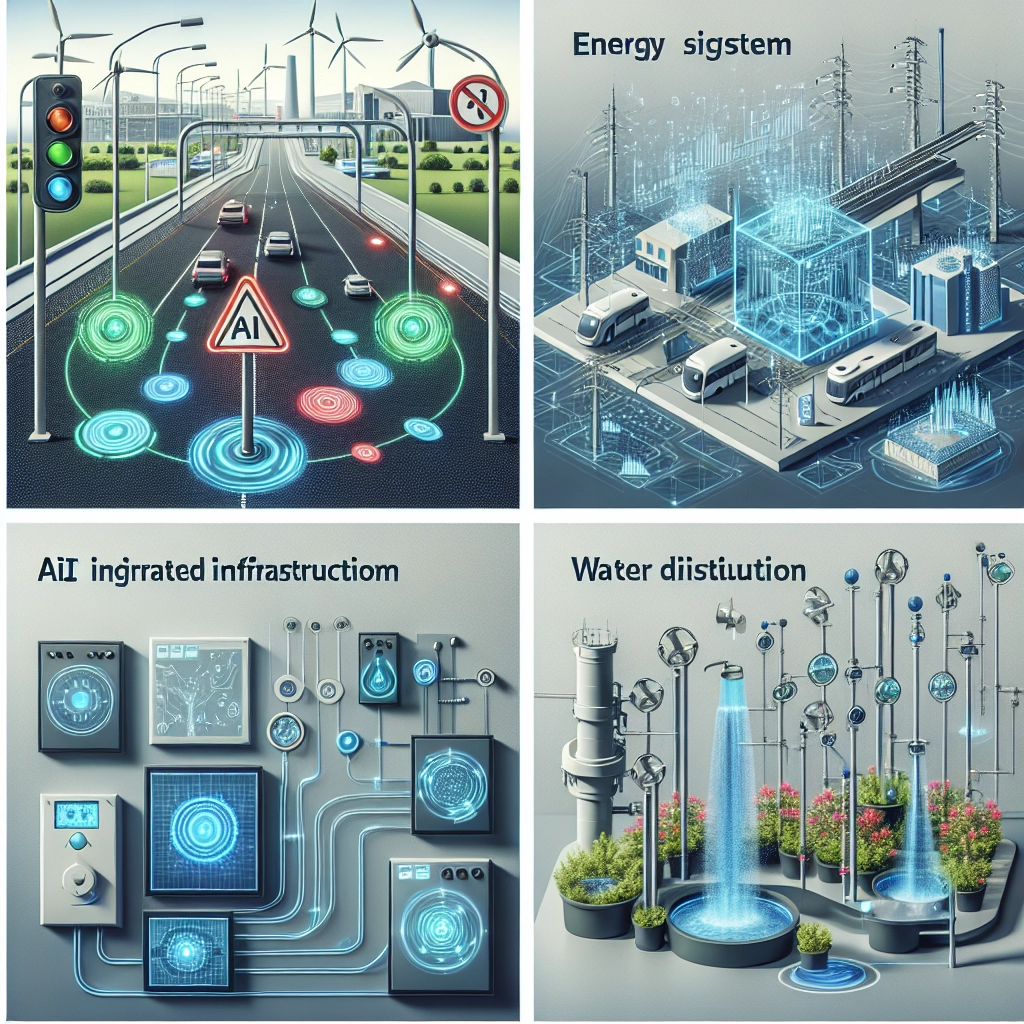Enterprises are shifting their focus from merely scaling infrastructure to creating systems that can learn and evolve. As digital-first models take hold, having infrastructure that can adapt and self-optimize is essential for staying competitive. Traditional methods involving static templates and manual processes are no longer adequate in a fast-paced environment that demands agility and intelligence.
To achieve this vision, the first critical step is automation. Infrastructure provisioning needs to advance from repetitive manual tasks to orchestrated, policy-driven systems. Innovations like the Dell Automation Framework help organizations automate complex workflows, streamline provisioning processes, and minimize errors, which allows IT teams to concentrate on more strategic outcomes. This automation establishes a foundation for building intelligence.
The next significant advancement comes from the incorporation of Generative AI. Rather than relying on uniform templates, businesses can utilize generative models to create blueprints that are specifically tailored to their unique environments. These AI-generated infrastructures consider various factors like workload patterns, compliance requirements, and cost considerations, ensuring they align with business priorities from the start.
True intelligence, however, requires continuous learning. This is where AIOps and classical AI techniques come into play. By analyzing telemetry data, these techniques help predict failures and enhance performance, transitioning infrastructure from a reactive stance to a proactive one. The implementation of feedback loops can lead to self-healing systems, drastically reducing downtime while optimizing resource utilization without constant oversight.
Looking forward, the emergence of agentic AI tools promises to enhance adaptability even further. These tools can modify deployment blueprints in real-time based on usage patterns. This means infrastructure can autonomously detect underutilization, reallocate resources, or adjust configurations to handle sudden demands.
Additionally, infrastructure resilience is paramount. AI-driven systems can significantly improve threat detection by establishing behavioral baselines, allowing them to swiftly identify anomalies. Automated responses can isolate threats or adjust configurations to mitigate risks, enhancing defenses while perpetually learning from attempted breaches.
A practical case of learning infrastructure is found in a large financial institution managing global online banking services, which must meet stringent security and uptime standards. Previously, IT teams leaned on manual monitoring and reactive incident responses. However, by transitioning to an AI-powered learning infrastructure, the institution automated provisioning and customized systems for managing high-volume transactions while ensuring compliance.
Constant collection of telemetry data across devices, servers, and applications allowed AI to detect performance issues early and predict failures ahead of time. The system autonomously initiated remediation processes, reallocating resources and redistributing workloads without human intervention.
During a market surge resulting in increased transaction volume, agentic AI rapidly scaled resources while managing costs efficiently. At the same time, security AI recognized unusual patterns that suggested a cyber threat and took immediate action by isolating impacted systems, notifying security teams instantly. The outcome was a resilient, self-optimizing infrastructure that ensured continuous service to customers while mitigating risks.
This transformation illustrates a significant philosophical shift: infrastructure evolves from being a mere support structure to an intelligent partner in business transformation. By incorporating automation, generative design, and AI-enabled feedback loops, organizations can create systems that not only learn and adapt but also consistently provide value.
In summary, adopting learning infrastructure positions businesses to innovate rapidly, optimize resource use, and enhance customer experiences through increased availability and performance. This shift enables IT to evolve from a support function to a crucial competitive advantage in an ever-evolving digital landscape.
Welcome to DediRock, your trusted partner in high-performance hosting solutions. At DediRock, we specialize in providing dedicated servers, VPS hosting, and cloud services tailored to meet the unique needs of businesses and individuals alike. Our mission is to deliver reliable, scalable, and secure hosting solutions that empower our clients to achieve their digital goals. With a commitment to exceptional customer support, cutting-edge technology, and robust infrastructure, DediRock stands out as a leader in the hosting industry. Join us and experience the difference that dedicated service and unwavering reliability can make for your online presence. Launch our website.

